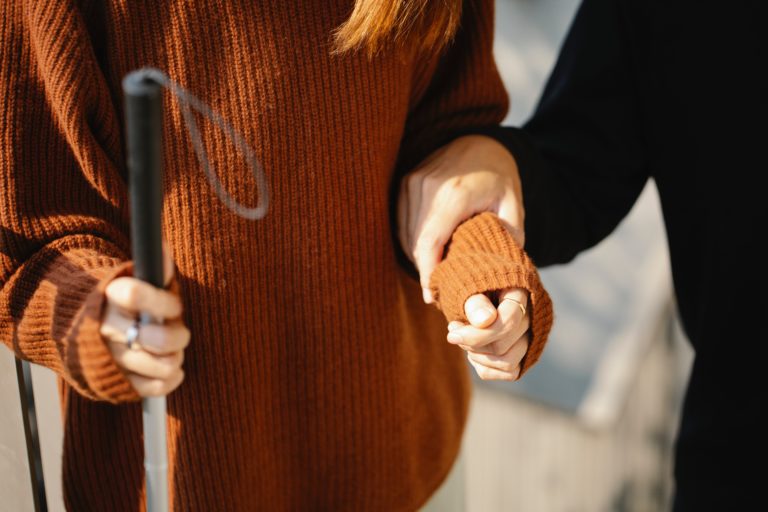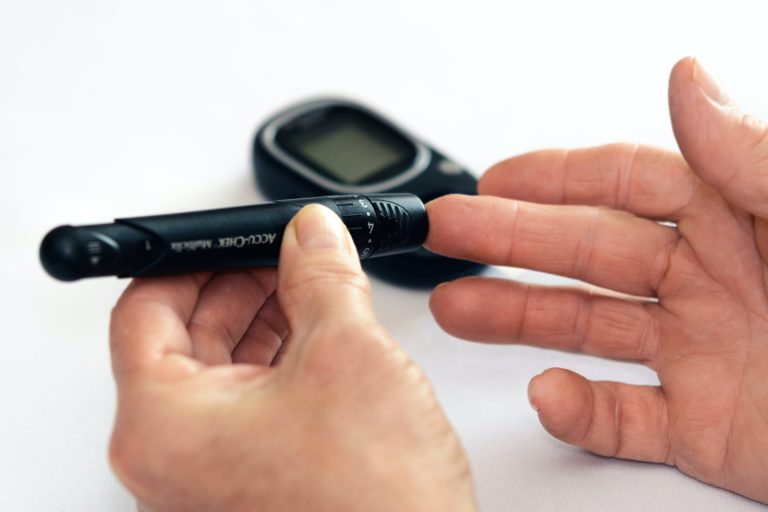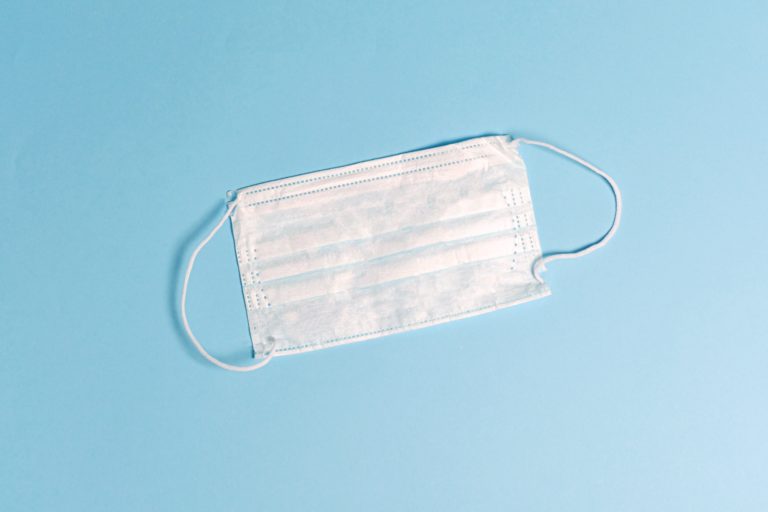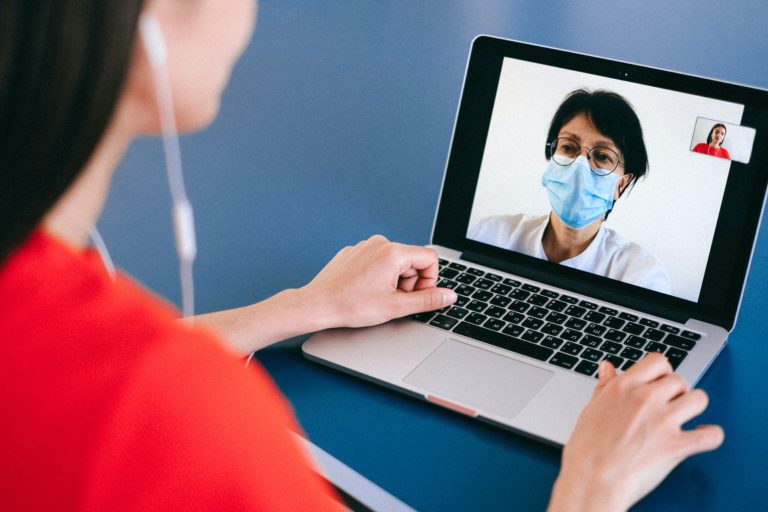
Can I Be Paid for Caring for a Loved One?
AARP’s recent article entitled “Can I Get Paid to Be a Caregiver for a Family Member?” says that roughly 53 million Americans provide care without pay to an ailing or aging loved one. They do so for an average of nearly 24 hours per week. The study was done by the “Caregiving in the U.S. 2020” report by AARP and the National Alliance for Caregiving (NAC).
Medicaid. All 50 states and DC have self-directed Medicaid services for long-term care. These programs let states grant waivers that allow qualified people to manage their own long-term home-care services, as an alternative to the traditional model where services are managed by an agency. In some states, that can include hiring a family member to provide care. The benefits, coverage, eligibility, and rules differ from state to state.
Veterans have four plans for which they may qualify:
Veteran Directed Care. This plan lets qualified former service members manage their own long-term services and supports. It is available in 37 states, DC, and Puerto Rico for veterans of all ages who are enrolled in the Veterans Health Administration health care system and need the level of care a nursing facility provides but want to live at home or the home of a loved one.
Aid and Attendance (A&A) benefits. This program supplements a military pension to help cover the cost of a caregiver, who may be a family member. These benefits are available to veterans who qualify for VA pensions and meet certain criteria. In addition, surviving spouses of qualifying veterans may be eligible for this benefit.
Housebound benefits. Vets who get a military pension and are substantially confined to their immediate premises because of permanent disability can apply for a monthly pension supplement.
Program of Comprehensive Assistance for Family Caregivers. This program gives a monthly stipend to a vet’s family members who serve as caregivers who need assistance with everyday activities because of a traumatic injury sustained in the line of duty on or after Sept. 11, 2001.
Other caregiver benefits through the program include the following:
- Access to health insurance and mental health services, including counseling
- Comprehensive training
- Lodging and travel expenses incurred when accompanying vets going through care; and
- Up to 30 days of respite care per year.
Payment by a family member. If the person requiring assistance is mentally sound and has sufficient financial resources, that person can pay a family member for the same services a professional home health care worker would provide.
Reference: AARP (May 15, 2021) “Can I Get Paid to Be a Caregiver for a Family Member?”









